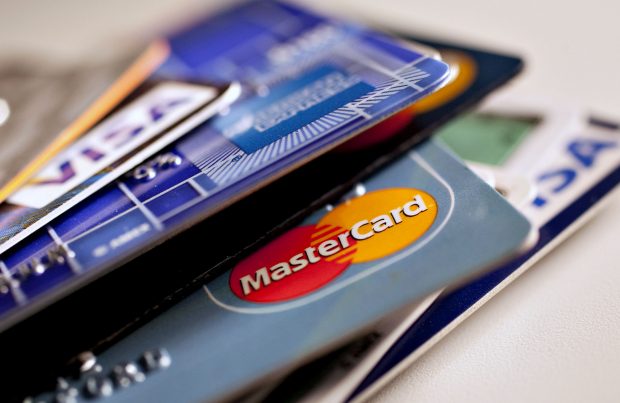
Millennials are flocking to credit cards, according to a new white paper from CO-OP Financial Services.
After years of difficulty getting credit, the tide is turning for one of the country's fastest-growing consumer segments, according to the Rancho Cucamonga, Calif.-based company.
Recommended For You
"To-date, millennials have not found it easy to obtain credit. Many graduated college with record student loan debt. They were also denied the access to credit enjoyed by prior generations due to Credit CARD Act regulations. In fact, the thin credit histories of the nation's millennials is often cited as one reason the segment has been faster to adopt digital payment apps," the report said.
"While their entry into the credit card market has been relatively slow, the millennial generation is finally advancing financially — and as a result, many are opening credit card accounts," it added.
Millennials are seeking seven things in a card, all of which they also want from their financial institutions, according to CO-OP. Those things included 24/7 access to card information and customer service, personalized card design and communication preferences, digitally innovative ways to use their cards, simple fee structures and options, rewards programs, security and access to tailored financial insights and guidance.
CO-OP said that credit unions should in turn be sure they're offering members mobile banking, P2P and digital wallet apps. In addition, credit unions should consider offering budgeting apps and financial literacy courses, as well as secured card programs and rewards that appeal to younger cardholders. Contact centers should offer 24/7 services, it added.
"Perhaps the most valuable tool a credit union can offer millennials and other cardholders is an app for card controls and alerts. These apps enable two-way communication between the cardholder and credit union and allow cardholders to take control of exactly how their cards can be used, down to the geographic location, merchant or merchant type, time of day, channel and proximity to the member cardholder's smartphone," the whitepaper said. "For maximum card security, choose a solution that allows the card to be turned on for transactions – and off again when not in use."
The CO-OP whitepaper follows survey results from Somerset, N.J.-based card manufacturing firm CompoSecure, which found that a third of American consumers were willing to switch banks in order to get their hands on a metal payment card, and almost half said they would like their credit unions or financial institutions more if they offered metal payment cards.
Credit cards aren't the only cards having a moment in the credit union industry, however. Other CO-OP survey results released earlier this year showed that credit unions were also optimistic about their debit card portfolios. Over a third (38%) of the respondents in that survey said their credit unions have issued debit cards to at least 70% of their checking account customers, and CO-OP predicted that debit card accounts will grow about 3% to 4% per year. New data from The Nilson Report also showed a sunny outlook for debit; it reported that for the first time since 2011, debit cards gained market share in 2018 in terms of U.S. purchase volume. Debit cards accounted for 40% of purchase volume in 2018, it said.
© 2025 ALM Global, LLC, All Rights Reserved. Request academic re-use from www.copyright.com. All other uses, submit a request to [email protected]. For more information visit Asset & Logo Licensing.







